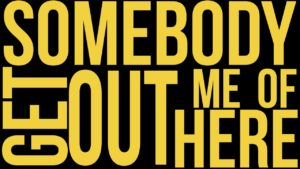
Career Job Goal Expertise Skill Talent recruiting
The United States population is diverse. It’s no longer a question of when the workforce will change. It already has. There has been a huge increase in women, people of color and immigrants in the workforce in the last 25 years. Diversity is not just a good idea today. It is a business imperative if you want to stay competitive and innovative.
Executive leaders are asking the question, “How do we recruit, engage and retain that diverse workforce?” In order to answer that question, we need to identify common diversity mistakes, perceived obstacles, best practices by other leaders in organizations and then determine the solution that works for you.
COMMON MISTAKES IN DIVERSITY RECRUITMENT
Organizations make two common mistakes that cause them to fall behind their competition and even lose market share.
- Company photo diversity: The organization only considers the visible dimensions of diversity: primarily race and gender. The company photo looks good, but everyone thinks the same. Differences that include sexual orientation, geographic background, thinking and communication style, work function, ability and disability, religion and work style are not valued and are even discouraged. This is a very narrow definition of diversity and offers little or no value to the organization in terms of new ideas, creativity and innovation.
- Diversity by numbers: Again, diversity is defined by what you can see. Demographics reflect the outside community, but it is only at the lower or entry levels. There is little or no diversity as you move up into management. When questioned about diversity in their organization, the leaders point to all the numbers. Every year they have good numbers, but the people are constantly changing. Employees leave and get jobs where there is a value of diversity at all levels and they are encouraged to move up in the ranks.

ADDRESSING THE DIVERSITY CHALLENGES
To be a successful organization in today’s culture, you need to create an environment of inclusion where people feel valued and integrated into a company’s mission, vision and strategy at all levels.
When employees’ skills and knowledge are recognized, appreciated and utilized, they are more engaged in contributing to an organizations’ success. They are more willing to go the extra mile and share ideas and innovation. The visible and invisible dimensions of diversity that they bring are used as resources for success and growth. In order to create an inclusive work environment, you need a diverse workforce.

Recent Comments